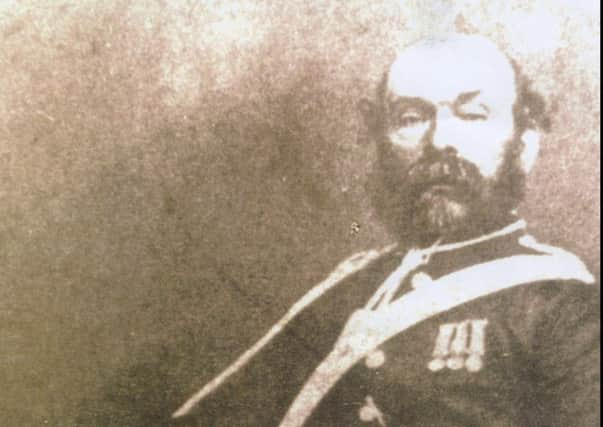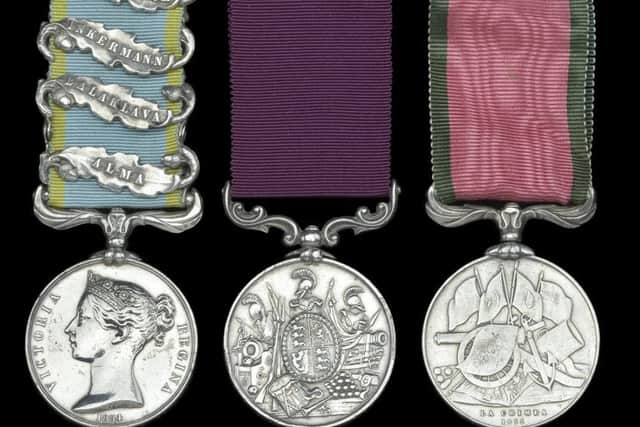How a Yorkshire '˜charger' was saved at Balaclava by a 6ft 2in giant who was rewarded with the Victoria Cross


Arguments still rage over who bore the brunt of the blame for the calamitous Charge of the Light Brigade at Balaclava on October 25, 1854: commander-in-chief Lord Raglan (who gave the somewhat ambiguous order), Lord Cardigan (in command of the Light Brigade) or cavalry commander Lord Lucan, who passed on the confusing message.
The most compelling argument I have heard came almost 20 years ago when leading historian Felix Pryor showed me an archive of letters home by Cardigan’s aide-de-camp, Lieutenant Henry Fitzhardinge Maxse, known as “Fitz”, stating that Cardigan and Lucan, despite their own assertions to the contrary, never actually discussed Raglan’s crucial order, which was passed on by Captain Louis Nolan. That failure to discuss the command consigned 118 men to their deaths, with 127 wounded and 60 taken prisoner.
Advertisement
Hide AdAdvertisement
Hide AdAmong those who survived was Yorkshireman William Bentley, whose life was saved by Victoria Cross winner Alexander Dunn, a fair-haired lieutenant of 6ft 2in, who rode back into the fray to cut down three Russian lancers attacking Bentley from behind.


Now the medals of Sergeant Bentley, who was born at Kilnwick-on-the-Wolds in the East Riding in 1816, are to surface at a two-day Dix Noonan Webb sale in London on July 19 and 20. His three Crimea medals, one of them with clasps for all four battles (Alma, Balaklava, Inkermann, Sebastopol), together with six campaign medals of three other family members, are listed to realise £12,000-£15,000.
Bentley’s worn-out horse lagged behind during the retreat and his life was saved by Dunn, who rode back to kill the three Russian hussars who were attacking him.
An obituary in the Yorkshire Chronicle following Bentley’s death at his home in Grove Street, York, in 1891, aged 74, began: “One of the few remaining British heroes who came back – from the jaws of death – after the famous charge of the Light Brigade has been summoned by the grim sentinel, Death, to the fate he averted under Lord Cardigan.”
Advertisement
Hide AdAdvertisement
Hide AdA final word on Bentley’s saviour, the dashing Dunn. He began an affair with his colonel’s wife, Rosa Maria Douglas, and whisked her off to his native Canada. Col John Douglas refused to divorce his philandering wife and she became Dunn’s mistress for many years.


Perhaps due to his serious gambling habit, the relationship soured by the time he went with his regiment to Abyssinia in 1867, where he died in mysterious circumstances, perhaps as a result of a hunting accident, perhaps murder. He had written his mistress out of his will but she contested it, winning a small fortune but she died in obscurity soon after remarrying on Col Douglas’s death in 1871.